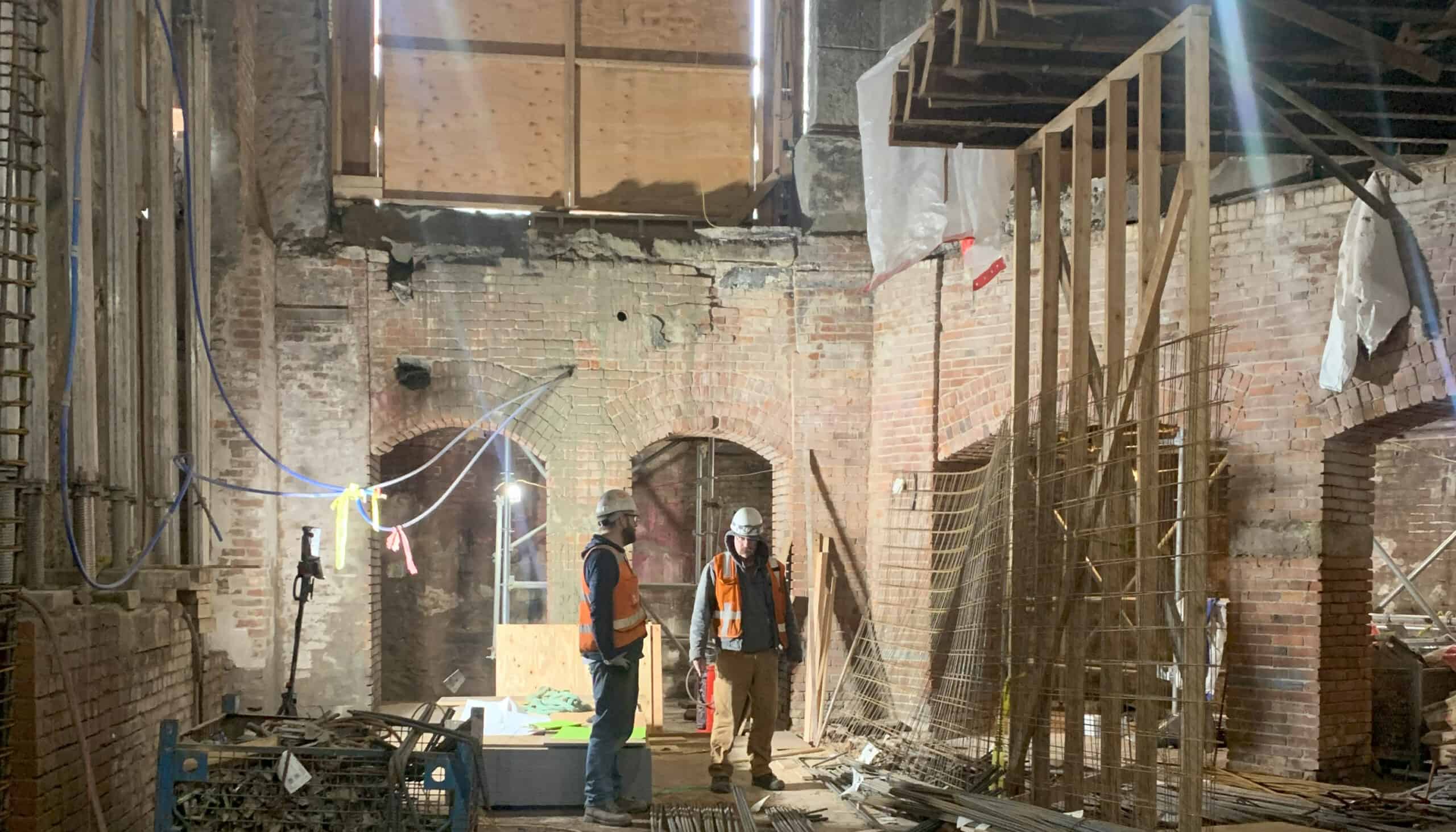Shea McEnerney, PROSOCO’s Preservation & Architectural Specialist, joined the White House Historical Association on an unforgettable trip to Ireland in June. McEnerney participated in workshops, architectural thinktanks and networking events with preservation architects and engineers in Dublin, Wexford, and Kilkenny; met with officials at renowned masonry government buildings; and shared breakfast with members of the Irish Parliament. He recently shared his favorite takeaways and meals from his week abroad.
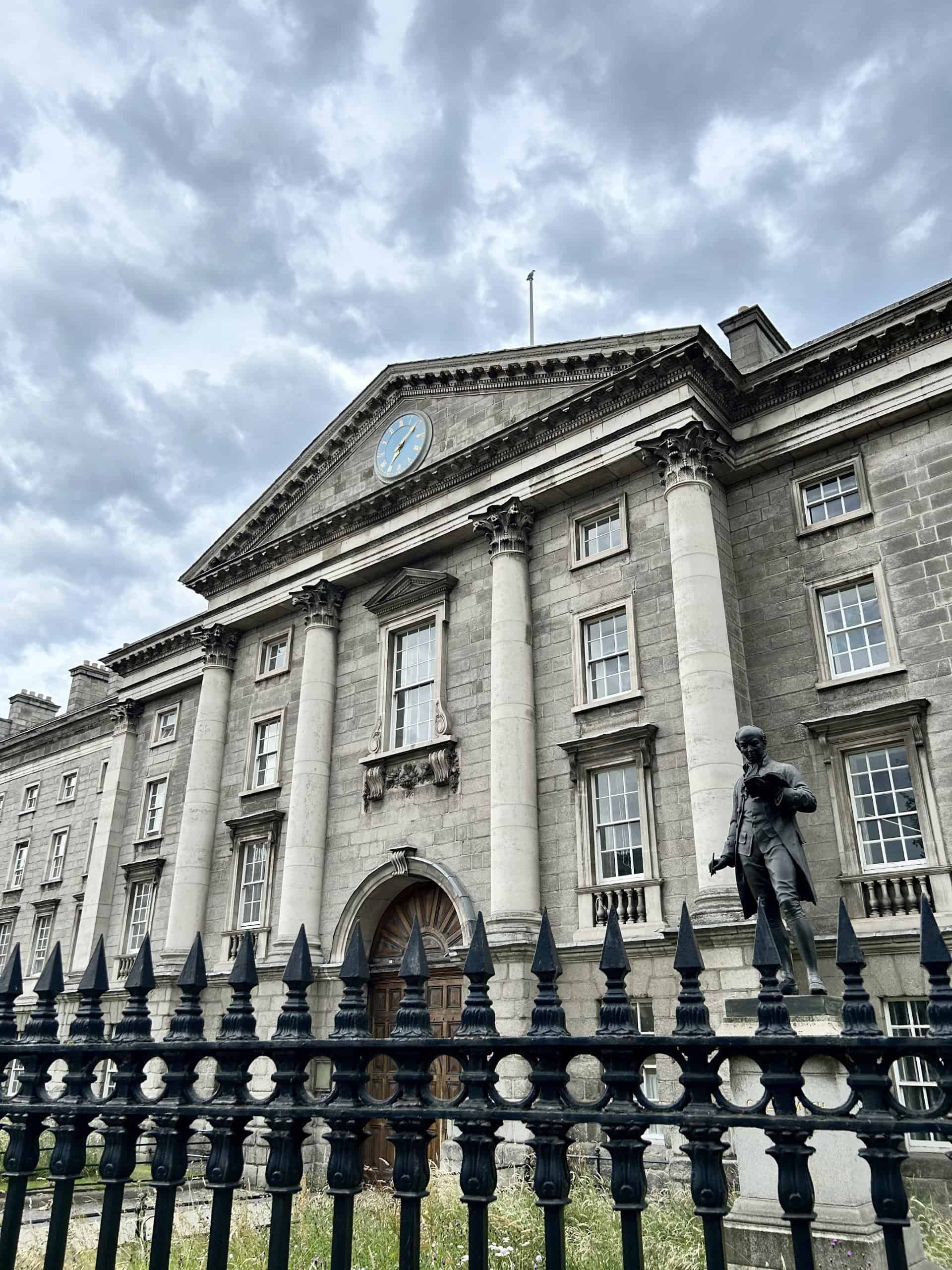
#1: How did your involvement with the White House Historical Association begin?
My involvement with the WHHA started my final semester of grad school (Clemson University’s Master of Science in Historic Preservation Program) while researching and discerning different thesis topics. Upon choosing to focus on 18th century architectural training in America, I was introduced to White House Historical Association President Stewart McLaurin who immediately took me under his wing and connected me with a wealth of resources and several historians eager to assist and mentor.
Since grad school, I have continued to engage with the Association and remain connected with some amazing individuals and practitioners as a result. Last summer, Stewart McLaurin announced a book tour for the launch of his new book on James Hoban, Irish-born architect of the White House. McLaurin invited me along to contribute to conversations, new Irish-American partnerships, and educational initiatives rooted in architecture and the arts. Last summer’s trip was such an invaluable experience that he invited me to join for a second summer in a row this past June. Numerous rich partnerships and initiatives have come from the two trips, and are continuing to develop!
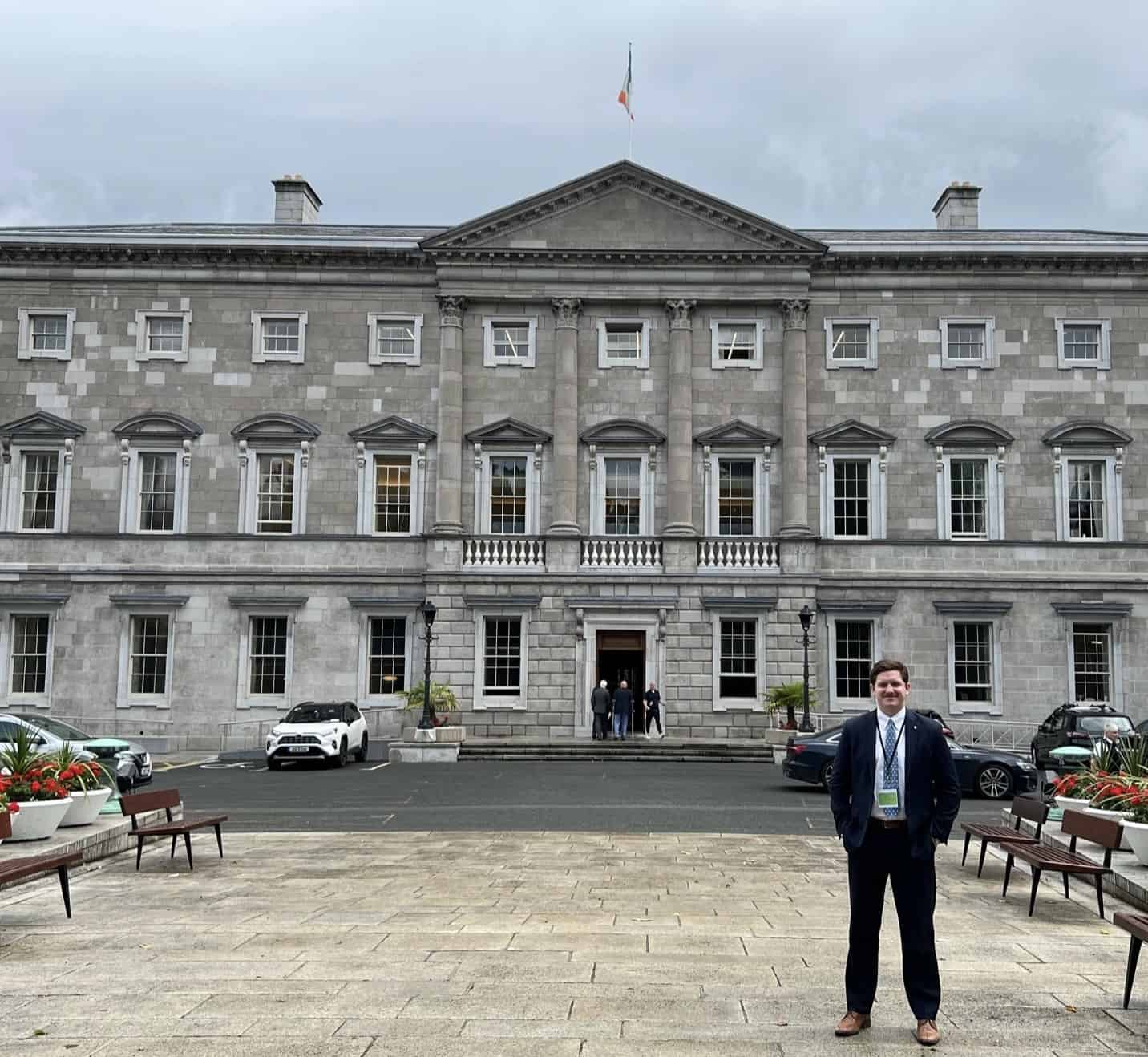
#2: Do you have any official involvement with the WHHA today?
I do! Outside of my work with PROSOCO, I currently serve as a 2023 Co-Chair, along with four other incredible young professionals, of the Association's Inaugural Next-Gen Committee. This is an amazing group of young professionals who represent a host of industries across the country. The group’s mission is to foster community and growing passion in areas such as education, finance, engineering, art and architecture, and many others. We plan and host networking events, hands-on workshops, and panels around the country that allow cohort members to showcase what they do and what they’re passionate about. It’s been a huge honor to be involved and sharpen my own leadership skills.
#3: So, what was the Ireland trip all about?
The primary purpose of the trip was to attend several events commemorating the 60th anniversary of the late President John F. Kennedy’s trip to Ireland in 1963. However, our time in Ireland also afforded us the opportunity to meet with friends and colleagues of the Association, specifically many architects who specialize in conservation design and preservation of historic structures across Ireland. Given the work that we do at PROSOCO, it was a pretty big honor to represent the company on an international platform, in partnership with the White House Historical Association, and an inspiration to learn about the care and respect that practitioners in Ireland have for their historic fabric.
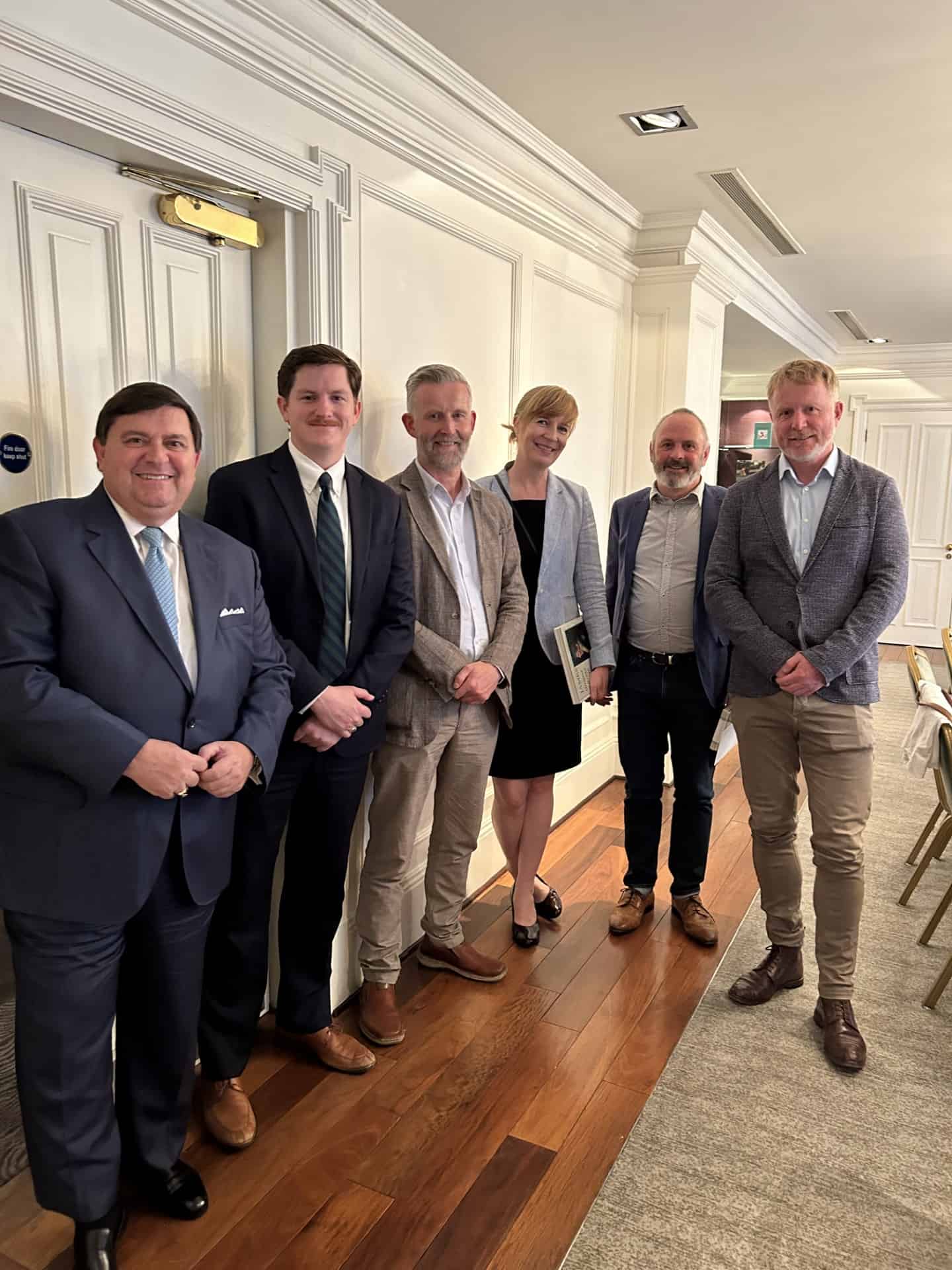
#4: What’s the most noteworthy connection you made between Irish architecture and American architecture?
The crossover of early stylistic influences between the U.S. and Ireland is pretty amazing. Looking at the way Georgian and Adamesque buildings were crafted in Ireland, and how those characteristics fused into American building culture is really special. To build and design large-scale projects with stone in the 18th century was to show immense wealth. Quarrying, transporting, crafting, and scaling heavy masonry was extremely expensive. It was a building material of the well-off, and those who designed their buildings with stone sought to convey this. While this was not an unfamiliar mode of design in Europe at the time, it was pretty new and somewhat foreign in the young United States.
High-style American figures at the time like Thomas Jefferson and George Washington had the means and reach to study and understand these showy styles, and they definitely ventured to replicate them in their new nation. When Washington came into the idea of creating a new capital city in D.C. in the 1790s, he wanted his new presidential home to follow this typology, and the budding architect James Hoban stood out to him as being trained to master it. If you look at the picture of the Leinster House, which is now the seat of the Irish government, it’s nearly identical in architectural characteristics to the White House. Training under famous Dublin architect Thomas Ivory, a young James Hoban would have been very familiar with Leinster House and probably used it as a precedent for his White House design. This is a pretty cool story in American architectural history and a clear conversion of European high style into our country’s early masonry buildings.
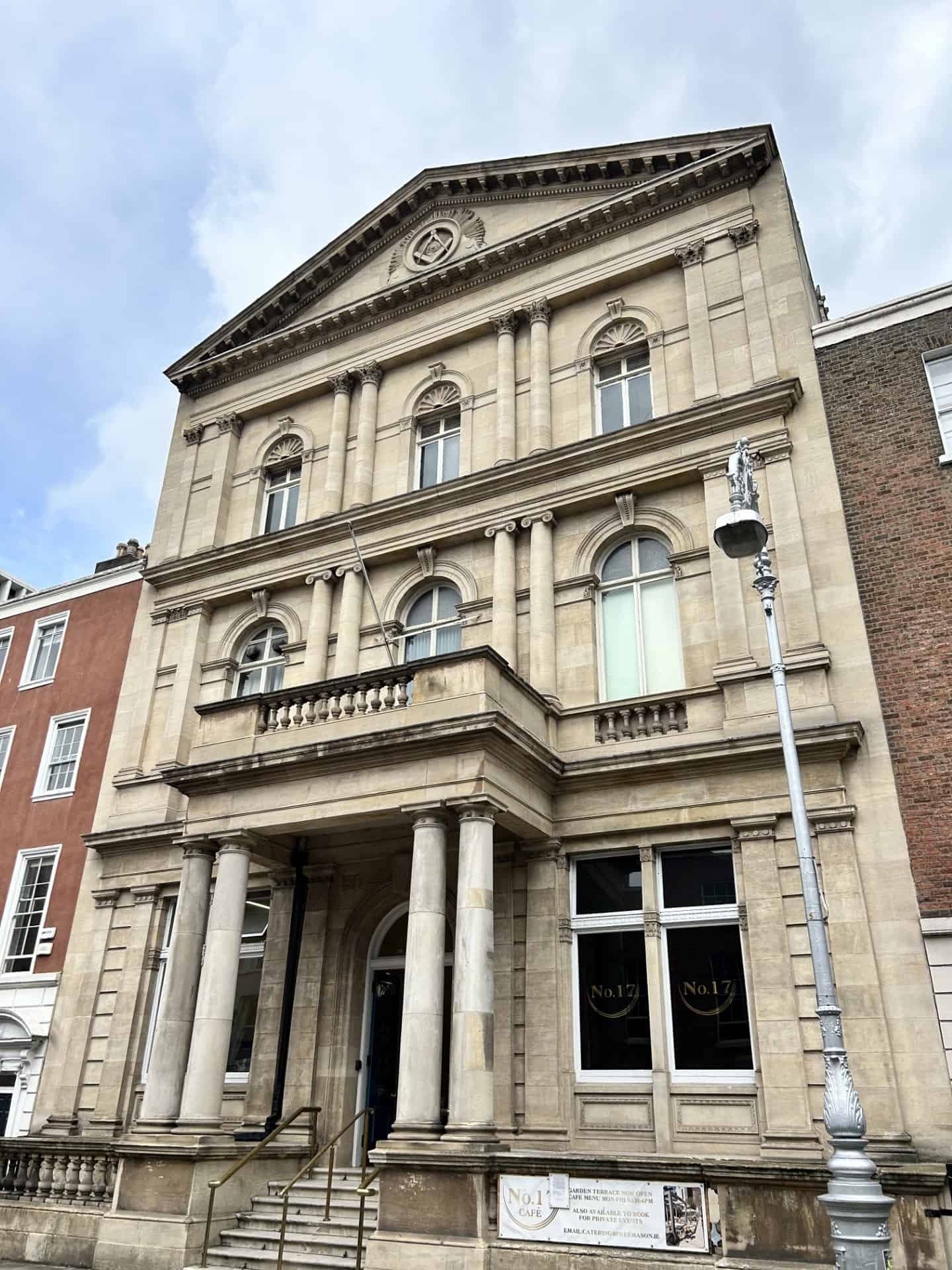
#5: What’s the biggest difference between restoring buildings in the U.S. versus in Europe?
An interesting difference is the nomenclature around the field of preservation. In Ireland and much of Europe, the overall practice of “preservation” is more known as “conservation.” For us in the U.S., conservation is more specific to the scientific practices within preservation (historic paint and mortar analysis, geological studies, etc.) This is kind of an interesting crossover/difference.
I have major respect for the way Dublin and many major European cities view the protection of their historic architecture. It’s institutionalized, formal, and incredibly central to their national/community identity. In the U.S., we have federal-level legality surrounding Historic Preservation (National Historic Preservation Act ‘66, Section 106) but these protective measures are young and situations are often left up to state-by-state or city-by-city governance. We have a lot to learn and gain from shadowing conservation/preservation programs and organizations in Dublin and Europe as a whole!
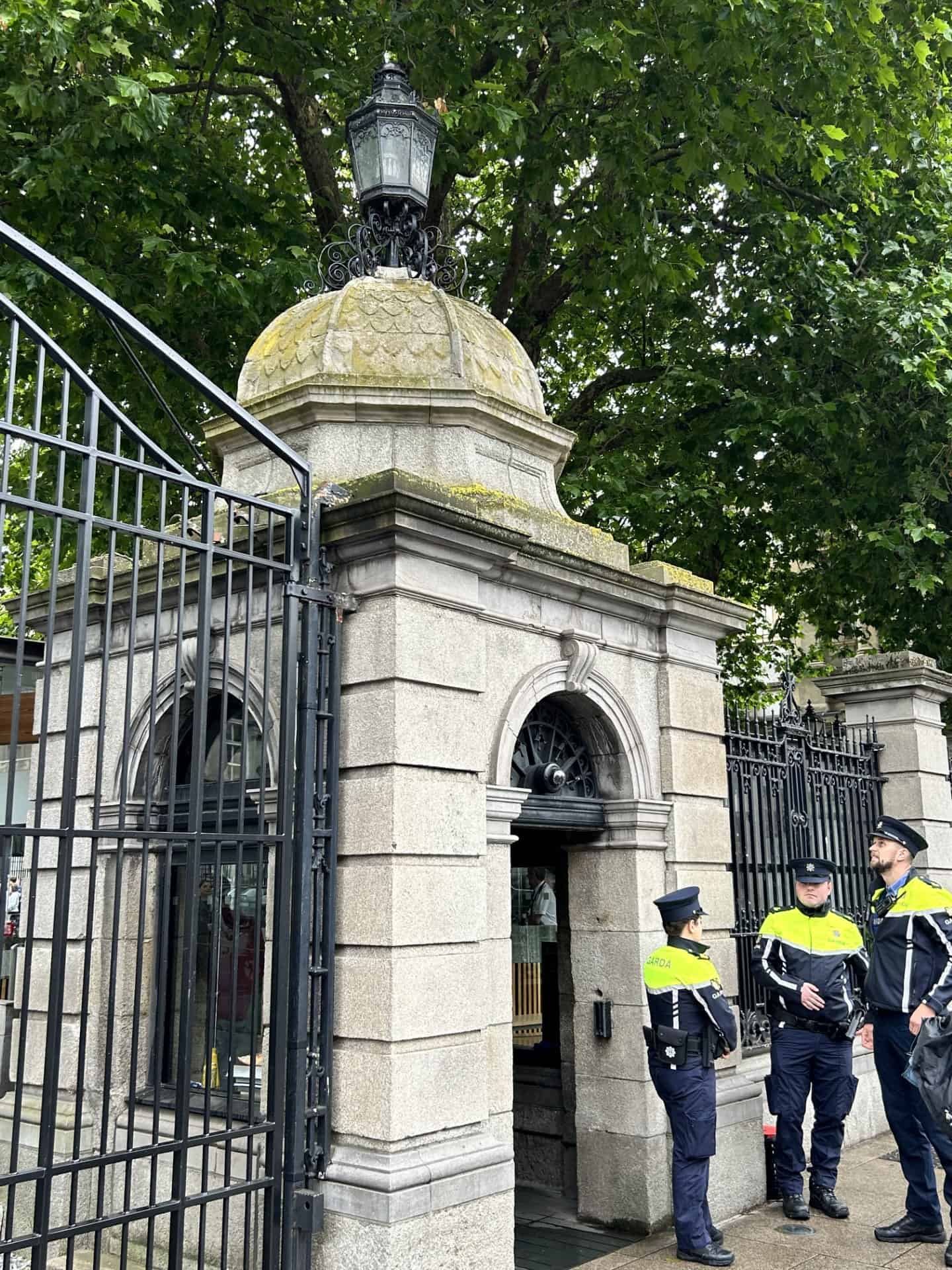
#6: You mentioned your Irish American heritage. Did Irish people ask you about your family?
They did here and there. It has been pretty surreal to travel back and work in the country that my family traces their lineage back to. My great grandfather on my father’s side came from Galway and my great grandfather on my mother’s side from Kilkenny, so it’s been a big source of pride to grow in familiarity of the country my ancestors called home. I’m really beyond grateful to have the opportunity to make it back and learn from such brilliant Irish practitioners.
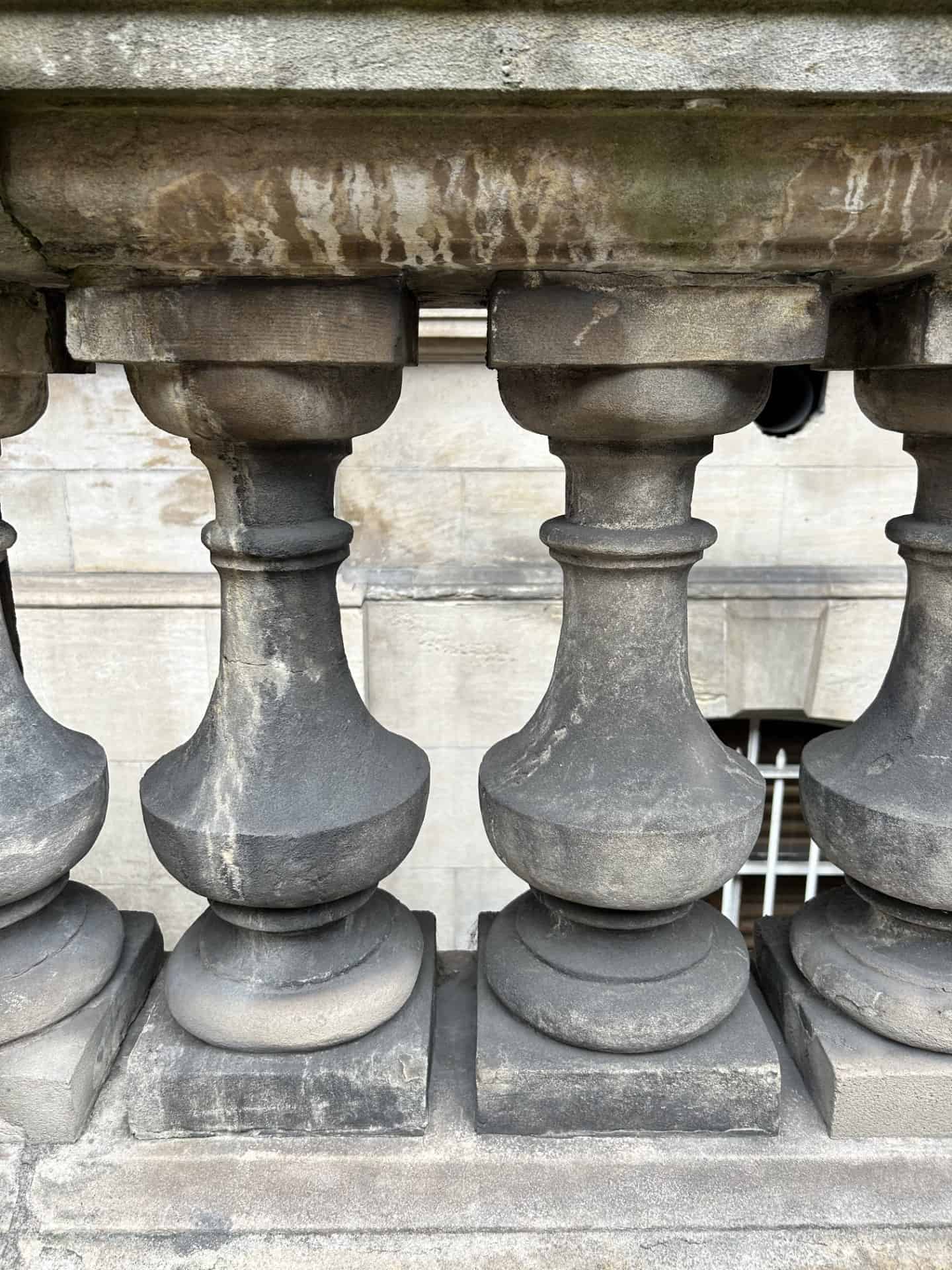
#7: What was your favorite meal in Ireland?
The full Irish breakfast can’t be beat. It’s anything but healthy and you’ll likely need a nap after, but it’s a staple. We were able to attend a breakfast in Leinster House one morning with members of the Irish government (both the Seanad and the Dáil Éireann) and representatives of the John F. Kennedy Library. There were no menus, only Irish breakfasts served to each person. It’s beyond me how everyone was able to go back to work, but it was a grade-A breakfast.

![]()

